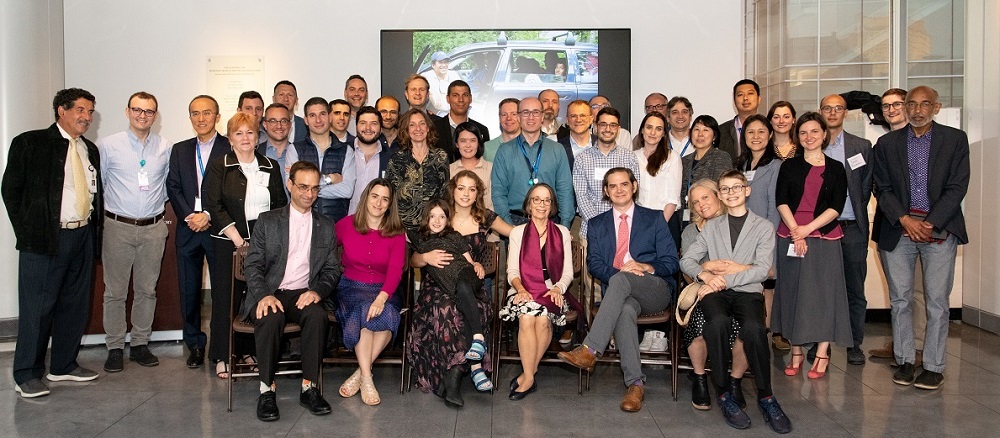NewsSep | 26 | 2023
Symposium Highlights the Legacy of Warren M. Zapol, MD, Mass General’s “Dr. Adventure”


 The life and work of Warren M. Zapol, MD, might best be described as a series of sparks.
The life and work of Warren M. Zapol, MD, might best be described as a series of sparks.
In some cases, these sparks were literal.
As a child growing up in Brooklyn, Zapol set off sparks (and temporarily burned off his eyebrows) in an ill-advised attempt to create a rocket-powered model train.
Later in his scientific career, Zapol devised a portable dispenser that creates nitric oxide with a spark, allowing this lifesaving respiratory treatment to be delivered to critically ill patients in remote settings.
In other cases, the sparks that Zapol created were metaphorical ones.
It was a spark of inspiration during a trip to California in the early 1990s that first got Zapol thinking about testing nitric oxide—then known primarily as a poisonous gas—as a treatment for critically ill patients.
It was a spark of curiosity that took Zapol on nine trips to the Antarctic to study the physiology of Weddell seals—mammals that can hold their breath during underwater dives for 90 minutes or more—to learn more about how the body responds to a lack of oxygen.
The sparks go on and on—from the innovative research questions that Zapol pursued in his lab to the lifelong friendships he formed with colleagues and collaborators and the ways that his work and family life intertwined over the years.
These colleagues and collaborators—along with members of the Zapol family—gathered recently for the Warren M. Zapol Symposium on Anesthesia and Critical Care Research. Read more.
Type
Centers and Departments
Publications
53 Mass General Investigators Named Highly Cited Researchers of 2023
According to Clarivate Analytics’ Highly Cited Researchers Report
Check out the Mass General Research Institute blog
Bench Press highlights the groundbreaking research and boundary-pushing scientists working to improve human health and fight disease.
Watch the Zapol Symposium
See the complete agenda and video recordings of all presentations.
